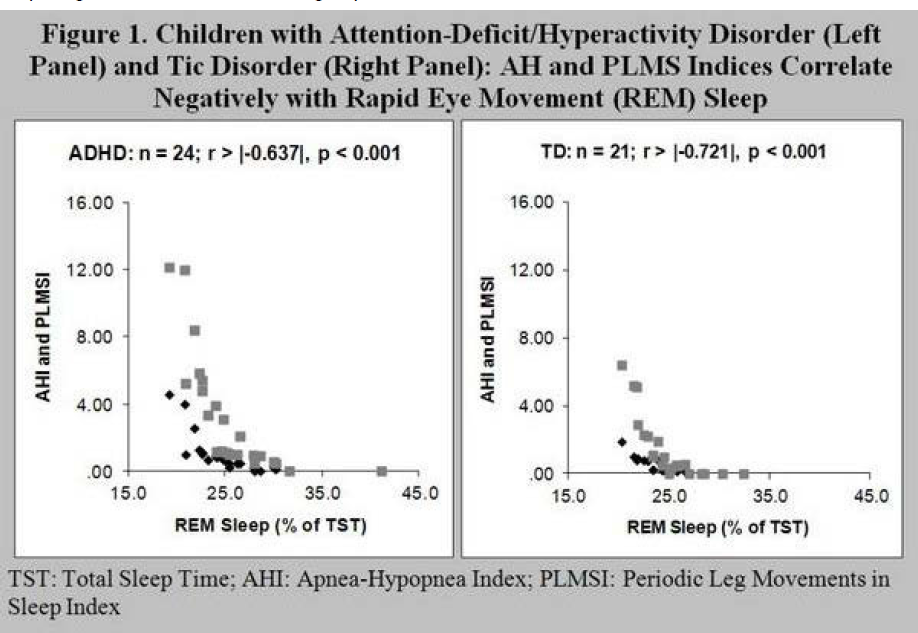No CrossRef data available.
Article contents
922 – Increased Frequency Of Sdb And Plms Is Associated With Lower Rem-sleep Amount In Common Child Psychopathology And Normally Developing Children
Published online by Cambridge University Press: 15 April 2020
Abstract
Sleep problems in children with common psychiatric disorders present a considerable challenge for clinicians in developing effective diagnosis and treatment strategies. Whilst sleep-disordered breathing (SDB) and periodic leg movements in sleep (PLMS) are very frequent in children with attention-deficit/hyperactivity disorder (ADHD) which can deviate sleep architecture, their co-existence in Tic disorder (TD) and ADHD/TD co-morbidity is less well understood.
To investigate the frequency of SDB and PLMS across children with ADHD, TD and ADHD/TD co-morbidity compared with healthy peers.
We asked whether and how the frequency of SDB and PLMS relates to sleep architecture.
Twenty-four children with ADHD, 21 with TD, 21 with ADHD/TD co-morbidity and 22 healthy controls underwent a two-night polysomnography supplemented by monitoring of apnea-hypopnea (AH) and PLMS events per hour of total sleep time.
Compared with controls, only ADHD children displayed a significantly higher AH and PLMS indices. Yet correlation analyses showed significant and negative association between AH and PLMS indices and rapid eye movement (REM) sleep amount in all, the ADHD, the TD (Fig. 1), the co-morbid, and the control (Fig. 2) groups. No such associations with the other sleep stages were found for all the groups.
[Figure 1]

Our preliminary results suggest that
(1) presence of co-existing sleep-related disorders may partially explain the contradicting sleep results found so far in children with ADHD,
(2) high frequency of SDB and PLMS could be associated with REM sleep reduction regardless of psychopathology.
- Type
- Abstract
- Information
- European Psychiatry , Volume 28 , Issue S1: Abstracts of the 21th European Congress of Psychiatry , 2013 , 28-E365
- Copyright
- Copyright © European Psychiatric Association 2013



Comments
No Comments have been published for this article.